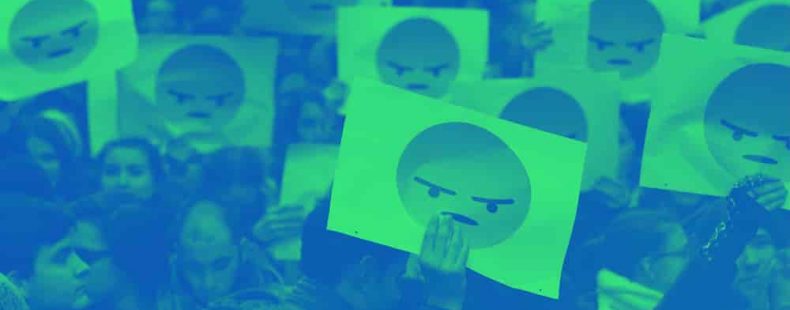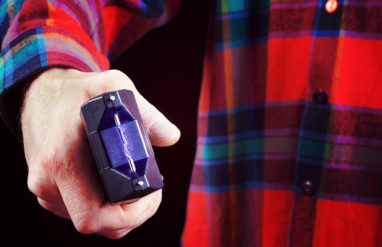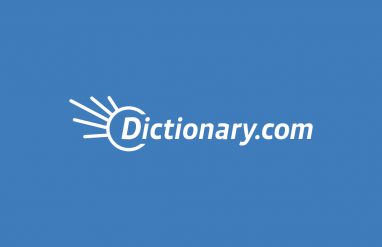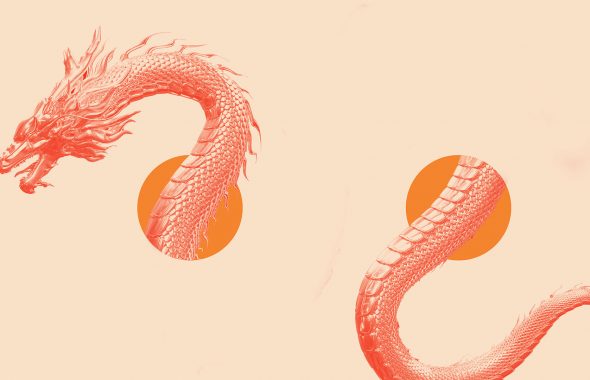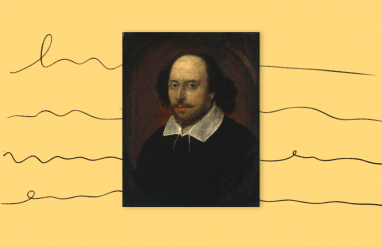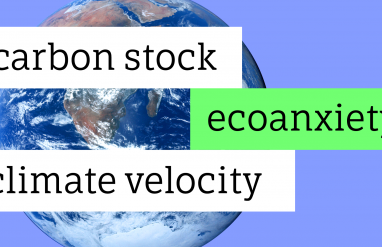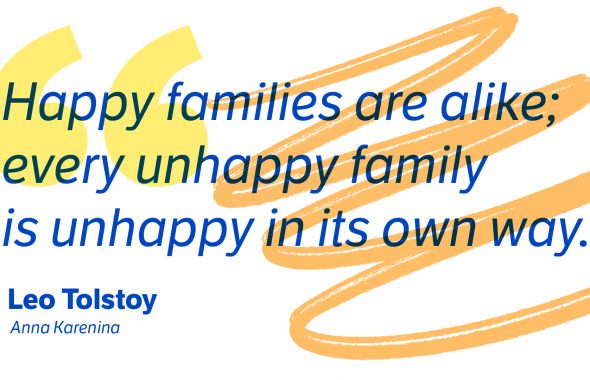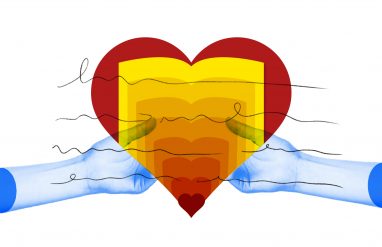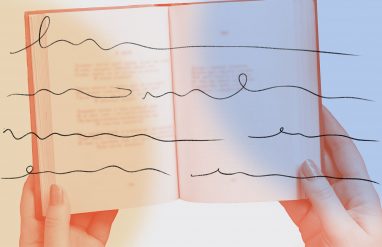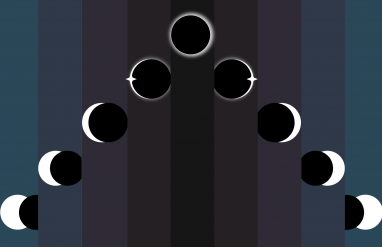Have you ever wondered where emoji come from? Were they brought by storks? Did they spring fully formed from the Greek god Zeus’s head? Well, no. Although those are all really good theories.
Emoji are agreed upon by the Unicode Consortium, a nonprofit organization that decides what flies and what doesn’t when it comes to these tiny digital images. While the Consortium doesn’t accept petitions, it does take proposals for new emoji ideas.
People often propose silly emoji that have little chance of getting approved (like a baby Yoda emoji, for example). But there are also campaigns that put forward serious proposals to increase representation, raise awareness of important issues, and serve the public health. These super emoji have origin stories that will surprise you. Here are a few.
